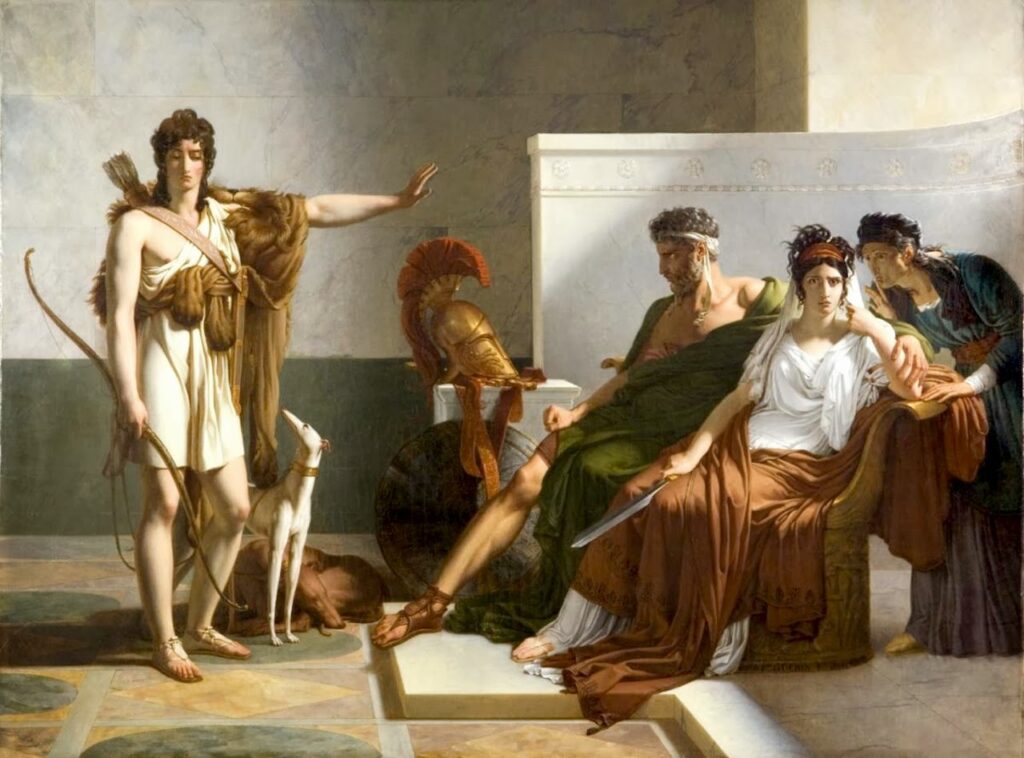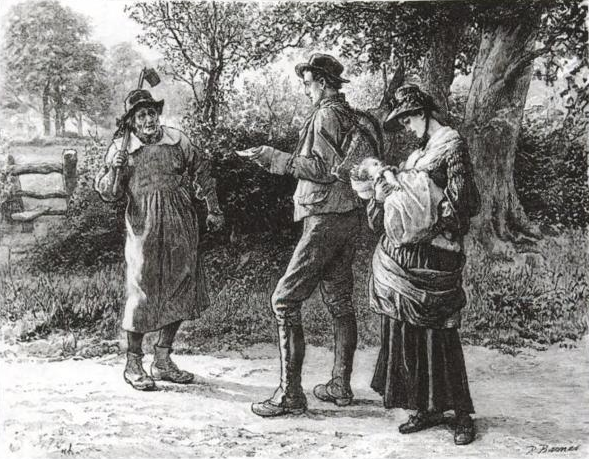Home » Topics / Subgenres » Love/Romance
Category Archives: Love/Romance
The Hunchback of Notre-Dame
(Notre-Dame de Paris)
Victor Hugo
1831
(Love for a young gypsy woman allows an ugly man to rise above the world’s hatred of him, and to show his inner beauty).

Beauty and beast stories are thousands of years old. Here is how they generally go: a beautiful maiden somehow must associate with a character of less-than-alluring appearance, such as an animal, a god in disguise, or a magically uglified human. The girl eventually sees beyond the grotesque exterior to the real person inside, and falls in love. Then very often the whole moral is promptly compromised by the male character’s transformation into the handsome prince. Ah—it’s really about outward appearance (and wealth) after all! I write this with a smirk, as in fact those stories are not claiming that outward appearance should have no importance, but just that love can be demonstrated to be rooted in deeper things if we remove good looks as an experiment. (By the way, we’re generally talking here about removing the man’s good looks. Removing the woman’s good looks is far rarer in literature, as any student of human behavior could have predicted.)
Victor Hugo, perhaps the wisest of the great French novelists, wrote the perfect beauty and beast story—indeed, could do so only because he was wise. He understood beauty and was true to it in all its manifestations; and he understood ugliness and was fearless and trenchant in portraying its effects and implications. The novel is fundamentally about beauty: of Notre Dame cathedral, of Quasimodo its deaf mutant bell-ringer, of Esmeralda the gypsy girl. The beauty is very different in the three examples, except in fragility, which they share—these three beautiful things, a building, a beast, and a belle. And their fragility is due to ugliness, which likewise takes diverse forms.
Hippolytus
(Ἱππολυτος)
Euripides
429 BC
(Disaster ensues when Phaedra falls for her stepson!)

The gods will have their play, and we piteous humans must suffer in double jeopardy. First, vice will eventually bring destruction, and yet we are by nature weak and prone to vice. Second, everyone is subject to fate, which is not kinder to good people than to bad. So we are doomed—we cannot be virtuous as we want to be, and so we are in trouble; and yet even if we could be virtuous we would get smacked anyway by the vicissitudes of fate! Hence Euripides’ fist-waving at the gods… yet he manages to preserve some reverence. Artemis tells us that the pious are still much more highly regarded by the gods than the impious. When the impious person suffers, the gods nod “take that!”, whereas the faithful incur their favor, which can bring some benefit. So, given our sad lot in life, it is better to be suffering and good than suffering and evil. Or that is Euripides’ line anyway. In this play we see how this web of cosmic influences plays out in the life of a chaste and honorable man destined for greatness by rights, when (through no fault of his own) his stepmother takes an improper liking to him.
The Mayor of Casterbridge
Thomas Hardy
1886
(The fortunes of a strong-willed hay-trusser prove to be as volatile as he is.)

Michael Henchard is an unemployed field laborer who, under the influence of rum at a fair, impulsively starts to auction off his wife and baby daughter, to much laughter. His wife stands. A hush falls as a sailor actually puts five guineas on the table.
“Now,” said the woman, breaking the silence, so that her low dry voice sounded quite loud, “before you go further, Michael, listen to me. If you touch that money, I and this girl go with the man. Mind, it is a joke no longer.”
But Henchard will not be shamed or threatened. When he says something he means it! And so minutes later he sits there blinking away his disbelief as Susan, with little Elizabeth-Jane, walks away with a stranger. Thus begins The Mayor of Casterbridge: The Life and Death of a Man of Character. Here we see how a person’s destiny is shaped by the interaction of external forces and internal qualities– the world and the self. Take one part circumstance, add one part decision, repeat continually towards success or failure.




Madame Bovary
October 21, 2020 / Leave a comment
Gustave Flaubert
1857
(An unhappily married woman pursues a lifelong quest for the fulfillment of her romantic desires, by any means necessary.)
When a novelist is said to rebel against romanticism, anyone with an imaginative, adventurous, passionate, chivalrous, or spiritual streak may be forgiven for wanting to give it a pass. Such a writer sounds staid and dry, shaking a finger at anything beautiful or enjoyable; or worse, morose—seeing the gray in everything and anxious to spend hundreds of pages sharing it with you. So who is this Flaubert, then? Flaubert with the beautiful descriptions, the engaging plot, the dramatic scenes, the fevered dialogue? With this great author’s help we should make a crucial distinction. Flaubert’s aim is leveled not at imagination or adventure or passion or chivalry or spirituality per se, but rather at the perverse attention romantics often pay to the emotional effects that these things have on us. Just as it is not money itself, despite frequent misquotes, but the love of money, that is said to be the root of all sorts of evil, likewise it is the worship of imagination’s fancy-tickling effects, rather than imagination itself, that novels like Madame Bovary seek to dethrone. Emma Bovary ruins her life because, in Flaubert’s words, she seeks emotions, not landscapes. She has a sentimental rather than artistic temperament, meaning she wants to gobble up beauty rather than appreciate it. The romanticism Flaubert criticizes is selfish, subjective, emotivist. It is that attitude which confuses sensual appeals of luxury with the joys of the heart. It is what says “Give me that” rather than “That is wonderful”. Even a true romantic, a healthy romantic– perhaps especially such a person– can doff the hat to Flaubert for this.
(more…)